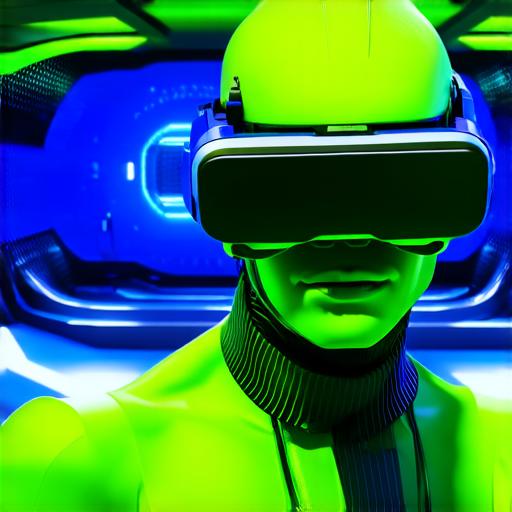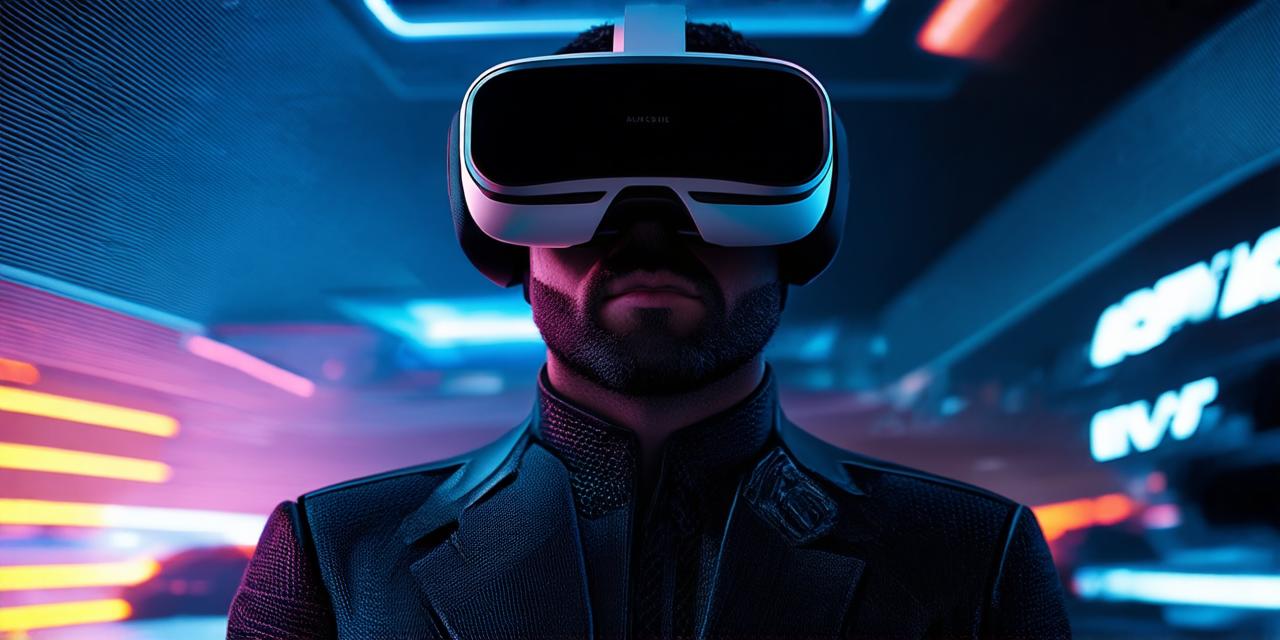
Virtual reality (VR) technology is rapidly evolving, and its potential for transforming various industries and sectors is immense. From gaming to healthcare, education, and beyond, VR is changing how we interact with digital environments and each other in new and exciting ways.
Immersive Experiences: The Evolution of VR Headsets
One of the most significant advancements in VR technology is the evolution of VR headsets. From bulky, cumbersome devices to sleek, lightweight wearables, VR headsets have come a long way. The latest VR headsets offer immersive experiences with high-resolution displays, wide fields of view, and advanced tracking systems that enable users to move around in virtual environments.
Some of the most popular VR headsets on the market today include the Oculus Quest 2, HTC Vive Pro Eye, and PlayStation VR. These headsets offer different features, but they all deliver a highly immersive experience for users. For example, the Oculus Quest 2 has a wireless design, making it easy to move around while wearing the headset. The HTC Vive Pro Eye boasts high-resolution displays and advanced eye-tracking capabilities that enhance the user’s experience. Meanwhile, the PlayStation VR is designed for gamers and offers a wide range of games and experiences.
Haptic Feedback: Enhancing Virtual Environments with Haptic Technology
Another important development in VR technology is haptic feedback. Haptic technology involves using sensors to provide tactile sensations that simulate real-world interactions with virtual objects. With haptic feedback, users can feel the weight, texture, and even temperature of virtual objects, making their interactions more realistic and engaging.
Haptic technology is being integrated into various VR applications, including gaming, healthcare, and education. For example, in gaming, haptic feedback can enhance the realism of virtual weapons, allowing users to feel the weight and texture of their virtual guns. In healthcare, haptic feedback can be used to simulate surgical procedures, enabling medical students and professionals to practice their skills in a safe and controlled environment.
Augmented Reality: Expanding the Boundaries of VR
While virtual reality is focused on fully immersive experiences, augmented reality (AR) technology is designed to overlay digital information onto the real world. AR has been gaining popularity in recent years, thanks to its ability to enhance user experiences without requiring users to wear any special equipment.
One of the most popular AR applications is Pokémon Go, which uses a smartphone’s camera to place virtual creatures into real-world environments. Another example is IKEA Place, an app that allows users to see how furniture would look in their home before making a purchase. AR technology has also been used in education and healthcare, where it can be used to provide real-time information and enhance user understanding of complex concepts.
Artificial Intelligence: Powering VR Applications with AI
As VR technology continues to evolve, artificial intelligence (AI) is playing an increasingly important role in powering VR applications. From natural language processing (NLP) to computer vision, AI algorithms are being used to enhance the user experience and make VR applications more intuitive and responsive.
For example, in gaming, AI can be used to create intelligent enemies that adapt their behavior based on the player’s actions. In healthcare, AI can be used to analyze patient data and provide personalized treatment recommendations. In education, AI can be used to create interactive simulations that help students learn complex concepts more easily.
Case Studies: Real-World Examples of VR Technology in Action
Virtual reality technology is already being put to work in a variety of industries and sectors. Here are some real-world examples of how VR technology is being used today:
- Training and Simulation: The U.S. military has been using VR for training purposes for years, allowing soldiers to practice their skills in virtual environments without risking their lives. For example, the U.S. Air Force uses VR simulators to train pilots on complex flight maneuvers, while the Army uses VR simulations for marksmanship and combat tactics training.
- Healthcare: Virtual reality is being used in healthcare to treat a range of conditions, from phobias and anxiety disorders to chronic pain and PTSD. For example, virtual reality exposure therapy has been shown to be effective in treating phobias such as arachnophobia and acrophobia. Meanwhile, VR simulations can be used to provide patients with a safe and controlled environment to practice physical therapy exercises and manage chronic pain.
- Education: Virtual reality is being used in education to create immersive learning experiences that enhance student engagement and understanding of complex concepts. For example, the Smithsonian Institution has created VR simulations of ancient Egyptian tombs and the solar system, allowing students to explore these environments and learn about history and science in a unique way.
Summary: The Future of Virtual Reality Technology is Bright
Virtual reality technology is evolving at a rapid pace, and its potential for transforming various industries and sectors is enormous. From gaming to healthcare, education, and beyond, VR technology is changing how we interact with digital environments and each other in new and exciting ways. With the latest advancements in VR headsets, haptic feedback, augmented reality, and artificial intelligence, the future of virtual reality technology looks brighter than ever before. As more organizations and individuals embrace VR technology, we can expect to see even more exciting applications and innovations in the years to come.
